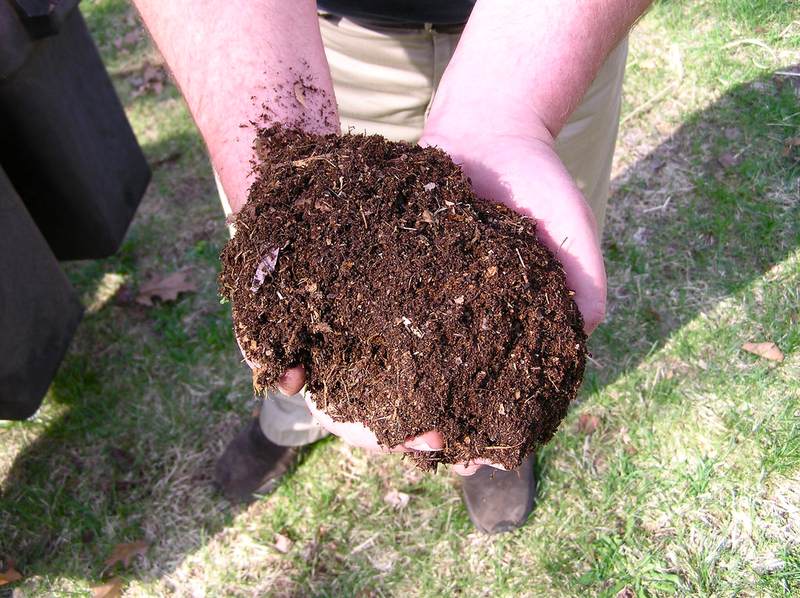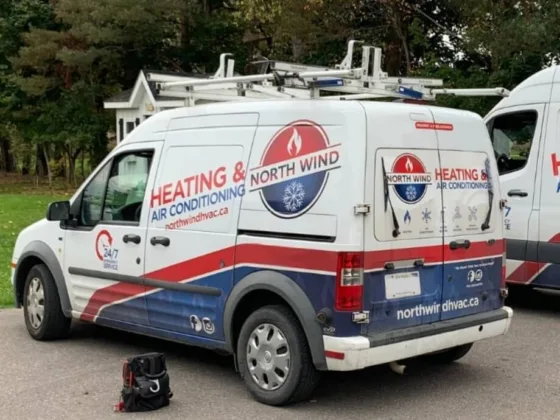Once you become a committed composter, you will always be on the lookout for “stuff” with which to build your compost pile.
Stuff like leaves, grass, old hay, wood chips and, of course, as many leftover kitchen scraps and as much other waste vegetable matter as you can possibly accrue in the amount of time and with the amount of energy you are willing to devote. And you will probably want to start a mulch pile, too.

The Many Merits of Mulching
Here’s what you need to know to get started mulching.
Read Also:
- Rescue Your Lawn: How to Get Rid of Moles in the Lawn
- Natural Deer Deterrent, Living, Loving & Gardening with Deer
- Lawn Mowers: Which Type Is Best for You and Your Yard?
- Lawn Mower Maintenance: Fall Tune-Up for Your Lawn Mower
- Make Your Grass Greener: Learn How to Maintain Healthy Grass
- How to Keep Your Houseplants Alive and Healthy
- How to Make a Raised Bed in a Garden
Why to Mulch
Mulching your garden, and any and all plants and bushes and trees in your yard, prevents weeds, so you won’t need weeds killers. Mulch composts right there around your plants, so you won’t need fertilizers. Mulch prevents pests from destroying your plants, so you won’t need pesticides, fungicides and the like. And as a bonus, mulch makes your yard look covered, cozy, clean and neat.
What is Mulch?
Mulch is easily decomposable matter of all types, including manure from vegetarian animals that you place in nice, thick piles around your plants. A dedicated organic gardener or just a plain lazy gardener is a dedicated mulcher. The more mulch, the better because, as we said, using mulch means less weeds, less pests, healthier soil and, therefore, more fruitful plants and less work for you!
How to Mulch?
Here are the key steps:
- Keeping in mind that mulch should be several inches in depth, estimate the quantity you need to cover your tree and flowerbeds.
- Reserve part of your yard to pile the mulch.
- Each time you rake leaves in the fall, run them under a mulching lawn mower and add them to your pile.
- Use a saw to cut fallen tree limbs small enough to fit into whatever size wood chipper you have (or can rent from your local garden or DIY store). You can add the resulting wood mulch to your leaf pile or set up a separate pile for each type of mulch you create.
- Don’t treat your mulch the way you would treat compost. You want the latter to decompose before use, but not the former.
- Add compost to your plants as needed. Then, on top of the compost, place a thick (several inches) layer of mulch on your flower beds and around your trees and bushes.
- Add new mulch as the old mulch disappears; it slowly decomposes.
Those are the basics. Read How to Have a Green Thumb Without an Aching Back: A New Method of Mulch Gardening by Ruth Stout for more details and inspiration on why to mulch. Stout is called the “Mother of Mulch” and she was my garden mentor. If you can’t find her books to buy at a reasonable price, go to the library!
If you haven’t started composting yet and want to know how, see my article, “How to Compost and Build a Compost Heap” for step-by-step instructions.









